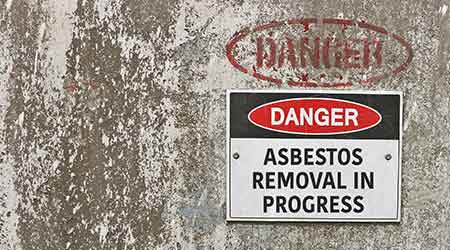
Good News on U.S. Greenhouse Gas Emissions in 2019
January 13, 2020
U.S. greenhouse gas emissions fell 2.1 percent in 2019, compared with 2018, according to a report from consulting firm Rhodium. That’s primarily due to a huge drop in emissions from coal-fired power plants. And while you wouldn’t say a 10 percent drop in carbon emissions from coal-fired power plants in 2019 is necessarily bad news, this good news may make facilities managers’ jobs more challenging as they continue their own organizations’ emissions reductions strategies. That’s because, as Triple Pundit points out, “coal power represents the low hanging fruit of carbon management.”
Think about it this way: If you’re running a building with a goal of getting to uber-efficiency, what do you do first? You do LED retrofits, you change setpoints, you add occupancy sensors, and you do a thousand other no- and low-cost strategies before you start doing the difficult things.
Similarly, if you’re going for net-zero energy or carbon neutrality, your first step is to make your building as energy-efficient as possible, driving out every possible kilowatt-hour. And then, you make up what little energy spend you have left with renewable energy, like photovoltaics. This is the most cost-effective solution for the long-term. Energy use itself is the low hanging fruit and the more you drive out, the trickier (or more expensive) it becomes to get even more efficient.
So in the case of reducing the carbon emissions from your building, if less of your energy profile is coming from coal, that means your carbon emissions are already reduced before implementing other possibly more costly emissions reductions strategies.
So now the goal should be to look for other areas to make an impact on carbon emissions. Because coal is an ever-lessening part of the U.S.’s energy profile, looking at electrifying more building systems and processes is one increasingly popular and effective strategy.
At the end of the day, what’s important is that we continue to move away from fossil fuels in total so that overall emissions continue to decline. You’ve heard the stat a hundred times: Facilities are responsible for about 40 percent of global emissions, so of course facilities managers have a huge role to play in the ongoing battle against climate change.
This post was submitted by Greg Zimmerman, executive editor, Building Operating Management and FacilitiesNet.com. Read his cover story about Chris Walinski and his mission to make open offices flexible and productive.
Next
Read next on FacilitiesNet












